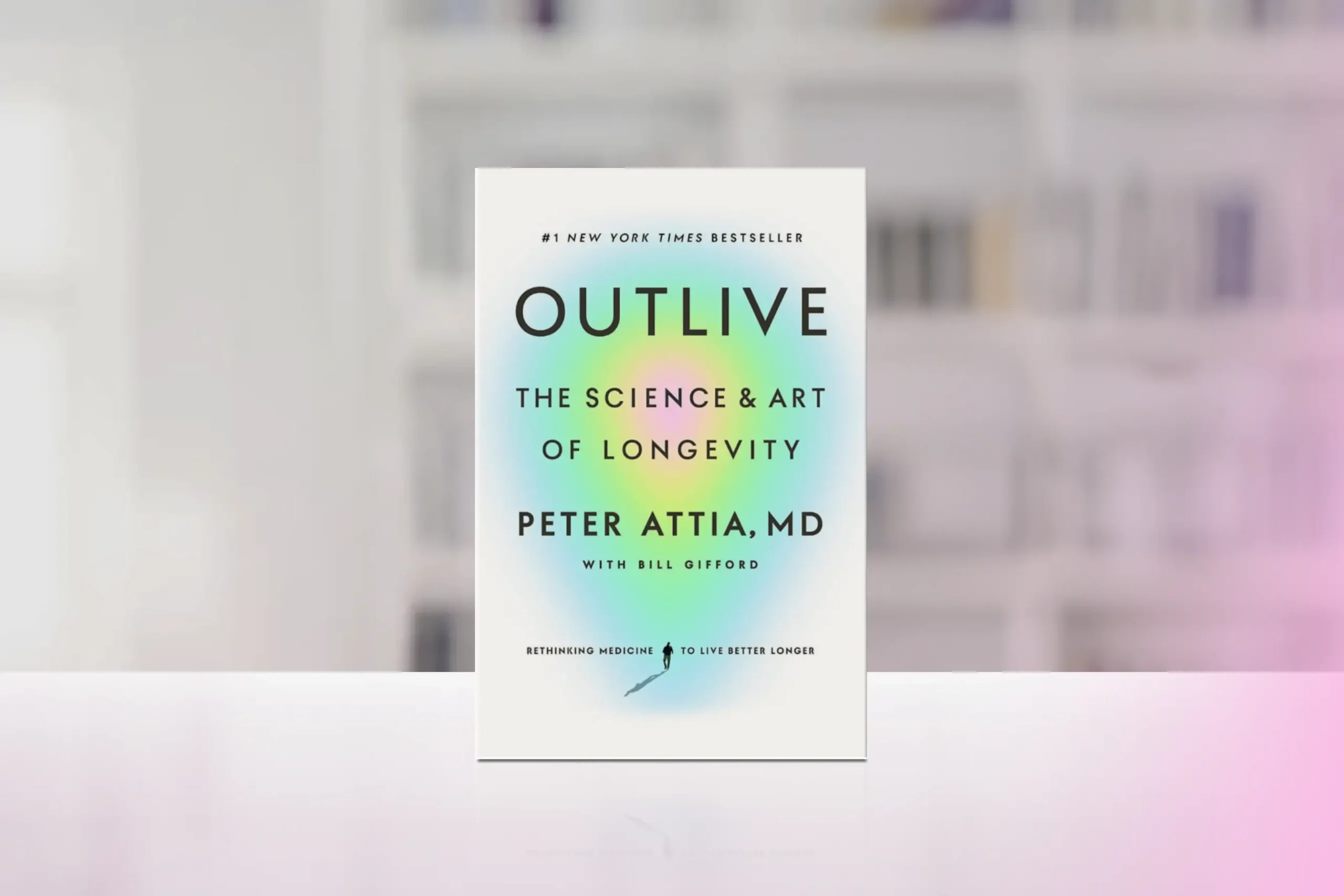In today’s fast-paced world, we often treat our physical and mental health as separate entities, addressing each in isolation. However, groundbreaking research from the field of psychoneuroimmunology, as highlighted in “The Body Keeps the Score”, reveals that our bodies and minds are inextricably linked in ways we’re only beginning to understand.
This connection is supported by studies published in peer-reviewed journals, showing that mind-body practices such as mindfulness, yoga, and meditation can lead to significant health benefits. For instance, a study in JAMA Internal Medicine found that mindfulness-based interventions reduced anxiety, depression, and stress-related symptoms by up to 60%. Similarly, research from the National Institutes of Health (NIH) suggests that individuals who engage in consistent mind-body practices report 43% lower healthcare utilization, underscoring the tangible impact of holistic health approaches.
When you think about it, this connection makes perfect sense. Have you ever noticed how your shoulders tense during stressful meetings, or how a good workout can lift your mood? These aren’t coincidences—they’re evidence of the profound connection between your physical and mental wellbeing.
Let’s explore how understanding and nurturing this connection can transform your overall health and create lasting positive change in your life.
The Science Behind the Mind-Body Connection
Our bodies and minds communicate through an intricate network of neurological, endocrine, and immune system pathways. This complex interaction affects everything from our emotional responses to our physical health outcomes. For a deeper understanding of these connections, “The Body Keeps the Score” by Bessel van der Kolk offers fascinating insights into how our bodies process and store experiences.
The Stress Response System
When you experience stress, your body initiates a cascade of physical responses:
- Your heart rate increases
- Stress hormones like cortisol flood your system
- Your muscles tense
- Your digestion slows
- Your immune system becomes compromised
While this response was crucial for our ancestors’ survival, chronic activation in modern life can lead to various health issues. Research from “The Nature Fix” by Florence Williams demonstrates how prolonged stress can impact both physical and mental health, affecting everything from sleep quality to immune function.
The Emotional Brain and Physical Health
Your emotional experiences aren’t just “in your head”—they manifest physically in your body. For more insights into this connection, our article “Emotional Intelligence: Understanding and Mastering the Key to Human Interaction” explores how emotional awareness can improve both mental and physical wellbeing. For example:
- Anxiety often presents as stomach issues or rapid heartbeat
- Depression can cause physical fatigue and pain
- Joy can boost immune function and reduce inflammation
- Gratitude has been linked to better heart health
Building a Mind-Body Awareness Practice
As described in “Mindfulness in Plain English” by Bhante Henepola Gunaratana, developing awareness of the mind-body connection is the first step toward better health. Here’s how to start:
Mindful Body Scanning
Take time each day to check in with your body:
- Find a quiet space and comfortable position
- Close your eyes and breathe deeply
- Systematically focus attention from head to toe
- Notice any areas of tension or discomfort
- Observe without judgment
- Release tension through conscious relaxation
For a deeper exploration of mindfulness techniques, you might find our article on “Mindfulness Techniques for Everyday Life” particularly helpful.
Movement as Medicine
Physical activity isn’t just about building muscle or burning calories—it’s a powerful tool for mental health. For a comprehensive understanding of how movement affects wellbeing, consider exploring our article “The Benefits of Outdoor Activities for Physical and Mental Health.”
- Regular exercise reduces anxiety by up to 48%
- Physical activity boosts mood-enhancing neurotransmitters
- Movement helps process emotional stress
- Exercise improves cognitive function and memory
Breathing Techniques
Your breath is a direct link between mind and body. James Nestor’s “Breath: The New Science of a Lost Art” shows how simple breathing exercises can:
- Activate the parasympathetic nervous system
- Reduce stress and anxiety
- Improve focus and mental clarity
- Enhance emotional regulation
Practical Strategies for Integration
For a deeper dive into implementing these strategies, Tom Rath’s “Eat, Move, Sleep” offers practical guidance on integrating healthy habits into daily life.
1. Movement Integration
Incorporate mindful movement throughout your day:
- Take walking meetings for light decisions
- Practice desk stretches during work
- Use exercise as an emotional processing tool
- Choose activities that bring joy, not just results
2. Nutrition for Mental Health
To explore this topic further, check out “The Connection Between Nutrition and Mental Health” in our article library. What you eat affects both body and mind:
- Include omega-3 rich foods for brain health
- Maintain stable blood sugar for mood regulation
- Stay hydrated for optimal cognitive function
- Consider gut health for mental wellbeing
3. Sleep Optimization
For more detailed guidance, Matthew Walker’s “Why We Sleep” offers evidence-based strategies:
- Maintain consistent sleep schedules
- Create a calming bedtime routine
- Limit screen time before bed
- Practice gentle stretching or yoga before sleep
Creating Your Mind-Body Integration Plan
For more structured guidance on building new habits, James Clear’s “Atomic Habits” offers invaluable insights into creating lasting behavioral change.
Week 1: Awareness
- Practice daily body scans (5-10 minutes): Set aside time each morning or evening to lie quietly and systematically scan your body from head to toe, noting any areas of tension, discomfort, or ease. This builds your foundation for body awareness and helps identify patterns in how you hold stress.
- Track mood and physical sensations: Keep a simple journal noting your emotional state and any physical symptoms throughout the day. For example, record headaches, muscle tension, or energy levels alongside your emotions to start recognizing patterns.
- Notice connections between emotions and physical symptoms: Pay special attention to how your body responds during different emotional states. Does anxiety make your shoulders tense? Does excitement cause butterflies in your stomach? Understanding these connections helps you recognize emotional states earlier.
- Begin a simple breathing practice: Start with just 5 minutes of focused breathing twice daily. Count your breaths from 1 to 10, then start over. This simple practice helps calm your nervous system and builds mindfulness.
Week 2: Movement
- Add mindful walking (10-15 minutes daily): Choose a time each day for a short walk where you focus on the sensation of walking. Notice how your feet feel hitting the ground, the movement of your legs, and the rhythm of your breath. This combines exercise with mindfulness practice.
- Incorporate desk stretches: Set reminders every 2 hours during work to do simple stretches. Focus on areas that commonly hold tension – neck, shoulders, and lower back. Even 2-3 minutes of stretching can release accumulated tension and reset your posture.
- Try a gentle yoga session: Begin with a beginner-friendly yoga class or video once this week. Pay attention to how different poses affect both your body and mind. Notice which movements feel nurturing and which challenge you.
- Notice how different movements affect your mood: Keep track of how various physical activities influence your emotional state. Does a brisk walk energize you? Does stretching calm you? Use this information to match activities to your emotional needs.
Week 3: Nutrition and Sleep
- Establish a consistent sleep schedule: Choose realistic bedtime and wake-up times that allow for 7-8 hours of sleep. Stick to these times even on weekends. Your body’s internal clock responds best to consistency, improving both sleep quality and daytime energy.
- Add one brain-healthy food daily: Introduce a new food known for supporting mental health each day, such as fatty fish, berries, nuts, or leafy greens. Notice how different foods affect your energy levels and mental clarity.
- Create a bedtime routine: Develop a 30-minute wind-down ritual that signals to your body it’s time to rest. This might include gentle stretching, reading, or meditation. Avoid screens during this time as blue light can disrupt sleep hormones.
- Monitor how food affects your energy and mood: Keep a food-mood journal noting what you eat and how you feel 2-3 hours later. This helps identify which foods support your mental and physical wellbeing and which might be causing issues.
Week 4: Integration
- Combine practices that work best for you: Review your notes from the previous weeks and select the practices that had the most positive impact. Create a realistic daily routine that incorporates your top 3-4 practices.
- Develop a sustainable routine: Rather than trying to do everything, focus on what feels most beneficial and manageable. Start with 15-20 minutes total daily practice time and build gradually as it becomes habitual.
- Add social support through shared activities: Find a walking buddy, join a yoga class, or share your mind-body practices with family members. Social connection enhances commitment and adds accountability to your practice.
- Review and adjust your approach as needed: Take time to reflect on what’s working and what isn’t. Remember that this is a personal journey – modify practices to suit your lifestyle and preferences.
The Path Forward
Understanding and nurturing the mind-body connection isn’t just about improving health—it’s about creating a more balanced, fulfilling life. As you continue this journey, remember that small, consistent actions create lasting change. Take a moment to consider these questions that will help you develop a clearer picture of your path forward:
- How do your emotions typically manifest in your body?
- Which mind-body practices resonate most with you?
- What barriers might you face in implementing these practices?
- How can you better support both your physical and mental health?
Your Next Step
Start today with this simple exercise: Set aside five minutes to sit quietly and notice your breath. How does your body feel? What thoughts arise? This simple practice begins your journey toward better mind-body awareness.
Remember, as explored in “The Power of Now” by Eckhart Tolle, the present moment is where true mind-body integration occurs. Your journey to better health starts now, with each mindful breath and conscious choice you make.





